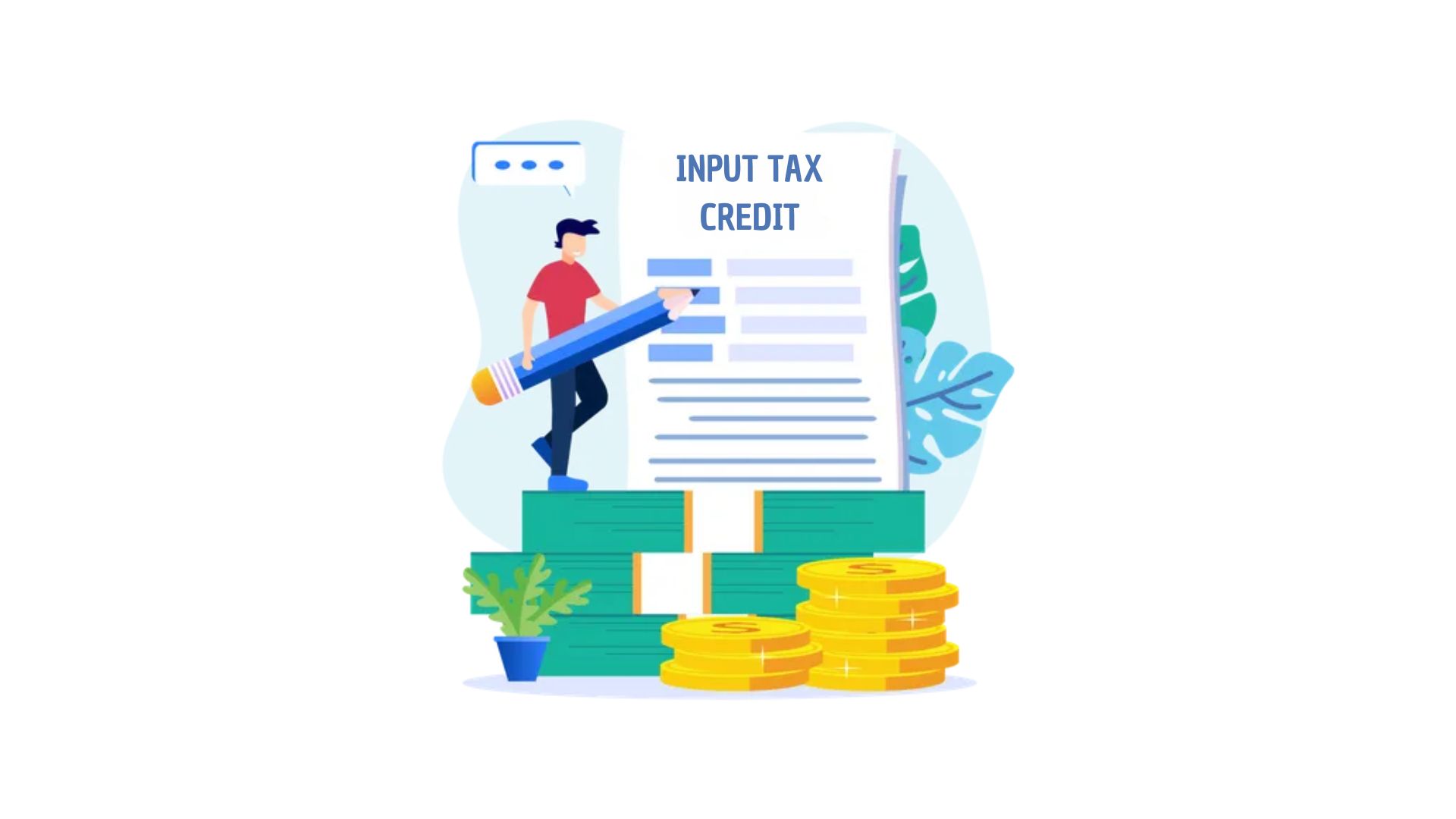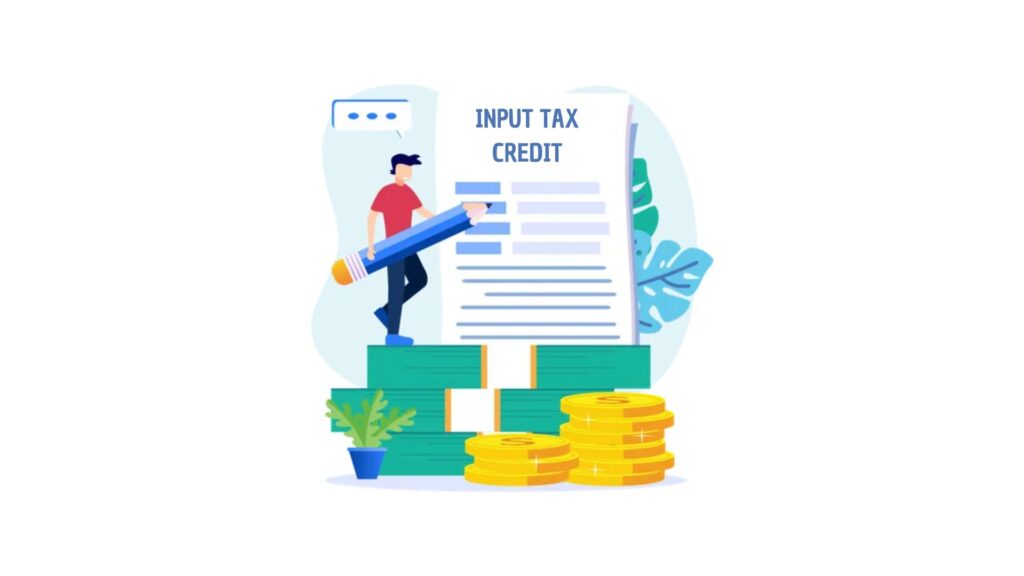
24 May Demand of ITC on the Basis of GSTR-2A and GSTR-3B Mismatch

Introduction
In the realm of Goods and Services Tax (GST), Input Tax Credit (ITC) plays a pivotal role in ensuring that businesses do not face the burden of double taxation. However, a common issue that arises is the mismatch between the ITC claimed in GSTR-3B returns and that reflected in the auto-populated GSTR-2A returns. This article delves into the validity of ITC claims amidst such mismatches, backed by significant judicial decisions from the Madras High Court.
Understanding ITC (Input Tax Credit)
Input Tax Credit (ITC) allows businesses to reduce their tax liability by claiming credit for the tax paid on purchases. Essentially, it is the backbone of GST as it prevents the cascading effect of taxes. By enabling businesses to claim credit for the input taxes paid, ITC ensures that tax is levied only on the value addition at each stage of the supply chain.
Role of GSTR-2A and GSTR-3B in ITC Claims
What is GSTR-2A? GSTR-2A is an auto-populated form based on the details provided by the suppliers in their GSTR-1 returns. It serves as a reflection of the purchases made by the taxpayer and the taxes paid thereon.
What is GSTR-3B? GSTR-3B, on the other hand, is a self-declared summary return filed by the taxpayer to declare their summary GST liabilities for a given tax period. It includes details of sales and ITC claimed.
Differences between GSTR-2A and GSTR-3B While GSTR-2A is generated from the supplier’s data, GSTR-3B is a self-assessed return. Discrepancies often arise due to timing differences, data entry errors, or non-compliance by vendors.
Common Causes of Mismatch Between GSTR-2A and GSTR-3B
- Data Entry Errors: Simple mistakes in entering data can lead to mismatches.
- Timing Differences: The timing of filing returns can cause discrepancies. For example, if a supplier files their return late, it may not reflect in GSTR-2A in time.
- Vendor Non-compliance: If the vendor does not file their returns or does so inaccurately, it can result in mismatches.
Implications of Mismatched ITC Claims
Mismatched ITC claims can have serious financial and legal implications for businesses. Financially, it can lead to the denial of legitimate tax credits, increasing the tax liability. Legally, businesses may face scrutiny from tax authorities, leading to demand notices and potential penalties.
Validity of ITC Claims Based on GSTR-2A and GSTR-3B
To determine the validity of ITC claims amidst mismatches, several judicial decisions have provided clarity. The following cases from the Madras High Court highlight the legal stance on this issue.
Case Study: Sri Lakshmi Silvers vs State Tax Officer
Introduction
In a landmark decision, the Madras High Court quashed an assessment order against Sri Lakshmi Silvers, emphasizing the breach of natural justice principles and procedural non-compliance concerning Goods and Services Tax (GST) returns. This case sheds light on the importance of adhering to proper procedures and providing taxpayers a fair opportunity to contest tax demands, particularly when discrepancies arise between GSTR-3B and GSTR-2A returns.
Facts of the Case
Sri Lakshmi Silvers, a registered entity engaged in the supply of base metals, was assessed for the financial year 2019-20. The petitioner claimed Input Tax Credit (ITC) on received supplies but faced an assessment order dated 11.07.2023, which highlighted discrepancies between the ITC claimed in GSTR-3B and the details in GSTR-2A. The petitioner received a notice (Form GST ASMT-10) but was unable to respond due to reliance on their accountant, who failed to inform them of the notice.
Issue
The primary issue in this case was the absence of an opportunity for Sri Lakshmi Silvers to contest the tax demand and the failure to adhere to the circulars issued by the Central Board of Indirect Taxes and Customs (CBIC) regarding procedures for resolving discrepancies between GSTR-3B and GSTR-2A returns.
Held
The Madras High Court, acknowledging the petitioner’s plea, quashed the assessment order. The Court noted that the assessment primarily focused on the ITC disparity without questioning the genuineness of the transactions. Moreover, the Court pointed out the non-compliance with prescribed circulars.
To remedy the situation, the Court stipulated that the petitioner must remit 10% of the disputed tax demand within two weeks. Additionally, the petitioner was granted the opportunity to respond to the show cause notice within the same period. The assessing officer was directed to provide a fair hearing and issue a fresh assessment order within two months upon satisfaction of the remittance.
Case Study: Oasys Cybernetics Pvt. Ltd.
Introduction
In a significant ruling, the Madras High Court quashed an assessment order against Oasys Cybernetics Private Limited, spotlighting the crucial need for fair examination and procedural compliance in Goods and Services Tax (GST) assessments. This case underscores the judicial emphasis on ensuring that taxpayers receive a fair opportunity to address discrepancies, particularly those related to credit note reporting errors.
Facts of the Case
Oasys Cybernetics Private Limited, engaged in the supply and installation of point-of-sale machines in ration shops operated by the Tamil Nadu Civil Supplies Corporation, faced an assessment order dated 29.12.2023. The assessment arose from discrepancies identified between the company’s GSTR-3B returns and the auto-populated GSTR-2A. The petitioner received a show cause notice on 14.09.2023 and submitted detailed explanations with annexures on 10.10.2023 and 17.10.2023. Despite these submissions, the assessment order was issued, prompting the legal challenge.
Issue
The core issue revolved around discrepancies caused by credit notes issued to service recipients. Due to the first-year implementation of GST statutes, these credit notes were mistakenly reported under B2C (others) transactions instead of the correct category in the GSTR-1 statements. This misreporting led to an erroneous reversal of ITC amounting to Rs. 4,08,39,428/-. The petitioner provided a Chartered Accountant’s certificate as per Circular No. 183 to support their claims, but the assessing officer dismissed these explanations without clear reasons.
Held
The Madras High Court found significant faults in the assessment order. The court noted that the assessing officer failed to accurately compare the ITC claimed with the actual value of credit notes issued by the petitioner, which was essential to determine any revenue loss. Furthermore, the rejection of the Chartered Accountant’s certificate lacked sufficient explanation.
Consequently, the High Court quashed the assessment order and directed the authority to re-examine the matter. The court instructed the respondent to provide the petitioner with a fair opportunity, including a personal hearing, and to issue a fresh order within two months, considering all contentions raised.
Case Study: Revathi Readymades
Introduction
The intricacies of tax law often lead to complex cases that require judicial intervention. One such significant case is the decision by the Madras High Court to set aside a tax demand arising from a mismatch between GSTR-3B and GSTR-2A returns for the financial year 2018-19. This decision underscores the importance of procedural fairness and the right of taxpayers to be heard before any adverse orders are passed.
Facts of the Case
In this particular case, the tax authorities issued an assessment order confirming a tax demand due to discrepancies between the taxpayer’s GSTR-3B returns and the corresponding GSTR-2A statements for the period of 2018-19. The assessee, Revathi Readymades, was not given an opportunity to present their case or clarify the mismatch before the order was finalized.
Issue
The primary issue in this case was the mismatch between the GSTR-3B returns filed by the taxpayer and the GSTR-2A statements. This discrepancy led to a significant tax demand. Compounding the issue was the fact that the assessee was not provided with a chance to be heard, which is a fundamental right under tax laws.
Held
The Madras High Court held that the assessee should have been given an opportunity for a hearing before the assessment order was passed. Consequently, the court set aside the tax demand and ordered a fresh assessment. This new assessment is contingent upon the assessee paying 10 percent of the disputed tax amount. The court’s decision reaffirms the principle that taxpayers must be given a fair chance to explain and rectify any discrepancies.
Case Study: Sri Vedhachalam Contractor
Introduction
Delving into the legal proceedings of SRI.VEDHACHALAM CONTRACTOR V. THE ASSISTANT COMMISSIONER, this article sheds light on the intricacies surrounding assessment orders and procedural fairness.
Facts of the Case
Petitioner’s Profile: Presenting the petitioner as a civil contractor and a registered entity under GST laws.
Show Cause Notice: Detailing the petitioner’s response to the show cause notice, including requests for time and a personal hearing.
Issue
Examining the primary issue at hand, focusing on the disparity between GSTR-3B and GSTR-2A returns, and alleged procedural irregularities.
Held
Contention of the Petitioner: Outlining the petitioner’s arguments concerning the non-adherence to Circular 183 and the absence of a proper hearing.
Government Advocate’s Response: Presenting the government’s stance on the petitioner’s failure to utilize the offered personal hearing.
Case Study: Sri Shanmuga Hardwares Electricals
Introduction
In a recent legal pronouncement, the Madras High Court tackled the contentious issue of Input Tax Credit (ITC) claims amidst discrepancies in GSTR-3B filings. This article delves into the nuances of the case between Sri Shanmuga Hardwares Electricals and the State Tax Officer, shedding light on the judicial stance towards tax assessment fairness.
Facts of the Case
Parties Involved: Introducing Sri Shanmuga Hardwares Electricals as the petitioner and the State Tax Officer as the respondent.
Nature of Dispute: Outlining the petitioner’s contention regarding ITC claims for the assessment years 2017-2018, 2018-2019, and 2019-2020.
Issue
The primary issue at hand pertains to the validity of ITC claims despite the inadvertent filing of nil returns in GSTR-3B.
Held
Petitioner’s Argument: Detailing the petitioner’s assertion of ITC eligibility based on GSTR-2A and annual GSTR-9 returns, despite non-declaration in GSTR-3B.
Court’s Ruling: Discussing the Madras High Court’s ruling, emphasizing the necessity for a comprehensive examination of ITC claims beyond procedural compliance.
Lessons Learned from Judicial Decisions
The judicial decisions from the Madras High Court provide several key takeaways:
- Mismatches between GSTR-2A and GSTR-3B should not be the sole reason for rejecting ITC claims.
- Tax authorities must consider detailed defenses and all relevant documentation.


No Comments